The Future – what it takes to create it, and what it takes to destroy it
21 juillet 2020 12:09 Laisser vos pensées
Ah, the dreaded Generation Z. The group of 20-year old’s left to save what’s remaining of the planet. The ones who spend endless hours scrolling through Facebook and Instagram, frying our brains until no end. The ones responsible for removing all the plastic out of the ocean,the ones experiencing the repercussions of our ancestors, the ones who lack in life skills and the ones to stop climate change, as if it could easily be brought to a raging halt. As if we could stop the planet from spinning! We’ve only lived a mere 20 years on this earth, and we’re expected to have the skill set equipped to solve world hunger and create a sustainable future. Don’t get me wrong, I know we are absolutely capable of achieving those things, but in order to do so, we need to start the conversation and we need the rest of the human beings living on this planet to listen to us.
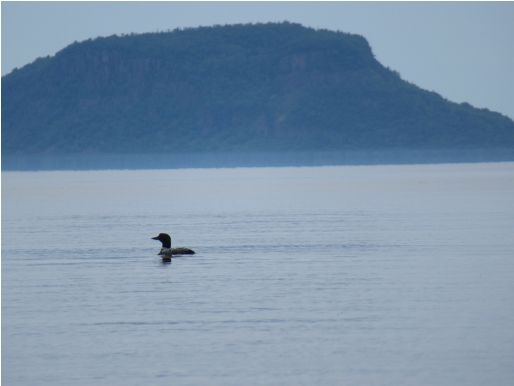
Sometimes we need a reminder that we aren’t the only living creatures on the planet.
We are a generation filled with passion, filled with the desire to see change, filled with the momentum to begin a national movement. We’re not on this planet to save it, we’re here to change it and to change the way people think, feel, and act. We’re here to make a statement, here to fight for what’s right, and here to see justice. Justice for ourselves, justice for others, and justice for the environment. This isn’t just a ramble of late-night thoughts either, this is our lives, this is MY life and working in forestry has given me the opportunity to do what I believe is right and has allowed me to stand for it. I chose forestry because I believe in a sustainable future, and I fully understand what’s at risk. I’ve been given the opportunity to understand how nature moves through cycles, and how to do my part to ensure that the resources we need are coming from a sustainable service. Referring back to my very first blog, when I explained to you that I am an individual chasing the idea of conservation and sustainability, this blog is going to tell you about how that chase has led me to the forestry industry.
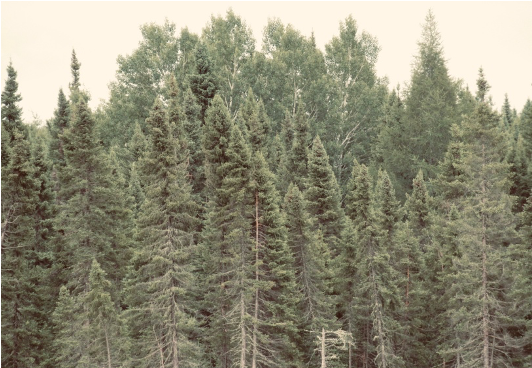
One of my favourite pictures of all time, a snapshot of Ontario’s boreal.
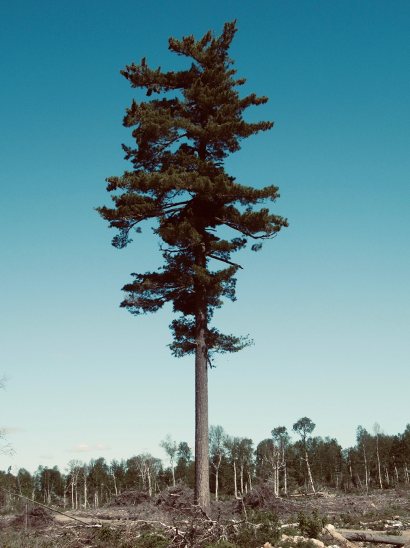
The mighty White Pine, Ontario’s provincial and arguably most loved tree!
To understand the importance of forestry, you must grasp the concept of succession. A forest never stays the same. It is a continuous cycle of changing species and adapting to natural disturbance (kind of like society?). In the boreal, forest health is dependent upon fire. What goes misunderstood amongst people is the fact that tree species live to a certain age. Poplar is what we consider a “pioneer” species, meaning that it will be the very first to establish on a site, but also the first species to die off. Poplar is short lived, whereas your shade tolerant species such as spruce are what you will find in older stands, emerging from the understory as the poplar begins to decline. As a forest grows in age, it reaches a threshold where it will begin to decline in productivity. Without fire disturbance, a forest can degrade into a very unproductive, low nutrient dead zone, where no resources are provided to us, and few to the wildlife inhabiting the area. Fire disturbance is almost like a natural reset button. When a fire comes through a conifer stand, it allows for that cycle of succession to restart, where poplar sprout up and conifer slowly develop under the canopy. Ok, so the trees die and regrow again, what’s the point here? Different species provide different needs to various wildlife. Young poplar and maple are an excellent food source for moose, and older conifer stands provide winter habitat essential for caribou. Each stage of succession has its purpose for wildlife, which in return, impacts our industry and how we can sustain the future.
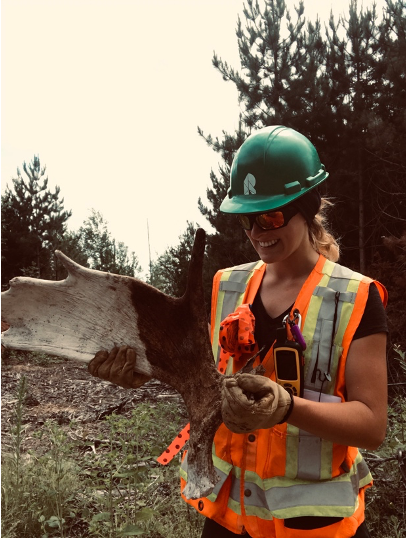
Probably walked in the same tracks as this guy, except he was probably munching on the maple, I’ll stick to my Nature Valley’s.
Clearcutting is the most common method of harvesting in Ontario. Why? Because it mimics a natural forest fire disturbance. Clearcutting has been labelled as a devastation to the landscape and all the wildlife it encompasses, and don’t get me wrong it can be, but done with caution and understanding it is an essential equivalent to forest fire in the boreal. After working for Resolute for a year, I have experienced first-hand the importance of clearcutting, and how best management practices are implemented to ensure it does not live up to its unpopular reputation. This week I had an awesome opportunity to speak and work with the operators in the field doing all the cutting and processing of the wood. I put together a video I made that shows the process from feller buncher to haul truck, to give you guys an idea of how a clearcut takes place! Resolute holds high standards in terms of safety and environmental protection, and it’s always a rewarding thought to see that these standards are being held in the field operations. This experience this week really brought everything together for me in the way of being able to physically see the forest get cut and relaying the importance of writing FOP’s (forest operation prescriptions) to ensure regeneration is successful! Being in the field always reminds me of why I am pursuing this career, to ensure it is being done properly. I’m not saying I’m an expert in my field with years of experience qualified enough to make the executive decision on if EVERYTHING is being done right, but just seeing other people taking safety and the environment seriously really reiterates my place in forestry.
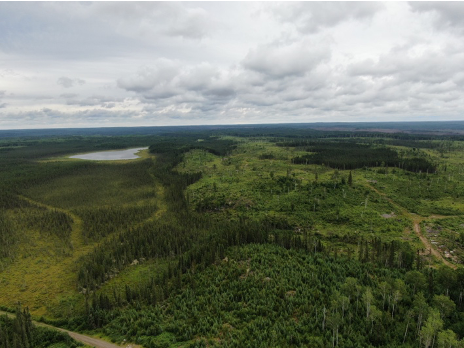
Beautiful display of a successfully regenerated stand after harvest.
An important aspect to clearcutting and any kind of harvesting is understanding the landscape and the harvest prescription assigned to it. In the planning side of forestry, there are dedicated areas of concern (AOC’s) that allow for wildlife values to be protected. These include nests, tourism outfitters, rare plant species, moose aquatic areas, caribou calving areas, and cultural heritage values. AOC’s typically ensure that a protected barrier is established where harvesting does not occur during certain breeding times, or the area is not harvested at all. AOC’s vary in width and size and are established based on the value being protected. These are a very important aspect to forestry as it shows how best practices are being implemented to not only meet our resource demands, but to also leave room for protecting wildlife species. The forest industry in Ontario works extremely close with stakeholders to ensure what’s important to them is being protected. And that is why I love being a part of a company like Resolute, where social and environmental values are protected during the planning process and implemented in the field.
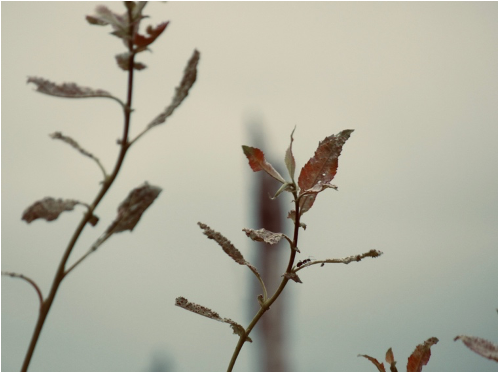
Can you find the little guy in this pic?
This blog has been a long one, but I hope it has opened your eyes and has got you thinking about how forestry can be and usually is misunderstood. I’ve attached another vlog down below, and hopefully it explains succession in a little more detail, and you get to be up close and personal with the operations of a clearcut! Forestry is becoming more and more recognized as a sustainable resource, as it can be constantly replenished with best management practices when it comes to clearcutting, and the development of successful regeneration practices. If you are interested in learning about all the ways forestry is the answer to a sustainable future, do a quick google search about the potentials of a bio economy, or how traditional knowledge can be applied to non-forest timber products. That’s all I’ve got for this week guys! Hope you enjoyed reading and thank you for allowing me to share my thoughts with you!
